(USMLE topics) The science behind the GOOD and BAD cholesterol. Cholesterol transport and pathways, drugs used for treatment of atherosclerosis. This video is available for instant download licensing here: https://www.alilamedicalmedia.com/-/galleries/narrated-videos-by-topics/hypertensioncholesterol/-/medias/47f9fe8c-8be2-4c09-a87b-a2cddc501d29-cholesterol-metabolism-narrated-animation ©Alila Medical Media. All rights reserved. Voice by Vicky Prizmic Support us on Patreon and get FREE downloads and other great rewards: patreon.com/AlilaMedicalMedia All images/videos by Alila Medical Media are for information purposes ONLY and are NOT intended to replace professional medical advice, diagnosis or treatment. Always seek the advice of a qualified healthcare provider with any questions you may have regarding a medical condition. Despite having a BAD reputation as a high-risk factor for cardiovascular diseases, cholesterol is an ESSENTIAL component of all animal cells. It is an INTEGRAL part of the cell membrane, providing membrane FLUIDITY and participating in a number of cellular processes. Cholesterol also serves as a PRECURSOR for production of bile, steroid hormones, and vitamin D. While the body can obtain cholesterol from food, many cells SYNTHESIZE their own ENDOGENOUS cholesterol. Cellular production of cholesterol is under NEGATIVE FEEDBACK control. LOW levels of intracellular cholesterol INDUCE its own production, while HIGH cholesterol levels INHIBIT it. Cholesterol, together with other lipids, is transported in blood plasma within large particles known as LIPOPROTEINS. A lipoprotein is an assembly of lipids and proteins. Lipoproteins are classified based on their DENSITY. Because lipids are LIGHTER than proteins, particles that contain MORE lipids are LARGER in size but have LOWER density. Different types of lipoproteins have different sets of proteins on their surface. These proteins serve as “ADDRESS tags”, determining the DESTINATION, and hence FUNCTION, of each lipoprotein. For example, LOW-density lipoprotein, LDL, carries cholesterol FROM the liver to other tissues, while HIGH-density lipoprotein, HDL, RETURNS excess cholesterol TO the liver. Major events in cholesterol metabolism include: – Dietary cholesterol ABSORBED in the intestine and carried in chylomicron to the liver. – The liver PACKAGES its cholesterol pool – a combination of endogenous and dietary – together with triglycerides, another type of lipid, into particles of VERY-LOW-density lipoprotein, VLDL. – VLDL travels in bloodstream to other organs. During circulation, muscle and adipose tissues EXTRACT triglycerides from VLDL, turning it into LOW-density lipoprotein, LDL. – Peripheral cells TAKE UP LDL by endocytosis, using LDL receptor. Cholesterol is used in cell membrane and other functions. – EXCESS cholesterol is exported from the cells and delivered to HIGH-density lipoprotein, HDL, to be RETURNED to the liver in a process called REVERSE cholesterol transport. – The liver uses cholesterol to produce BILE; bile is secreted to the intestine, where it helps break down fats. Part of this bile is EXCRETED in feces; the rest is RECYCLED back to the liver. LDL has the highest cholesterol content and is the MAJOR carrier of cholesterol in the blood. High levels of LDL in the blood are associated with cholesterol plaque build-up and cardiovascular diseases such as heart attacks and strokes. For this reason, LDL is known as “BAD” cholesterol. On the other hand, HDL is called “GOOD” cholesterol, because it REMOVES EXCESS cholesterol from tissues and bloodstream. Common drugs used to LOWER cholesterol include: INHIBITORS of endogenous cholesterol PRODUCTION; INHIBITORS of intestinal cholesterol ABSORPTION; and INHIBITORS of bile reuptake.
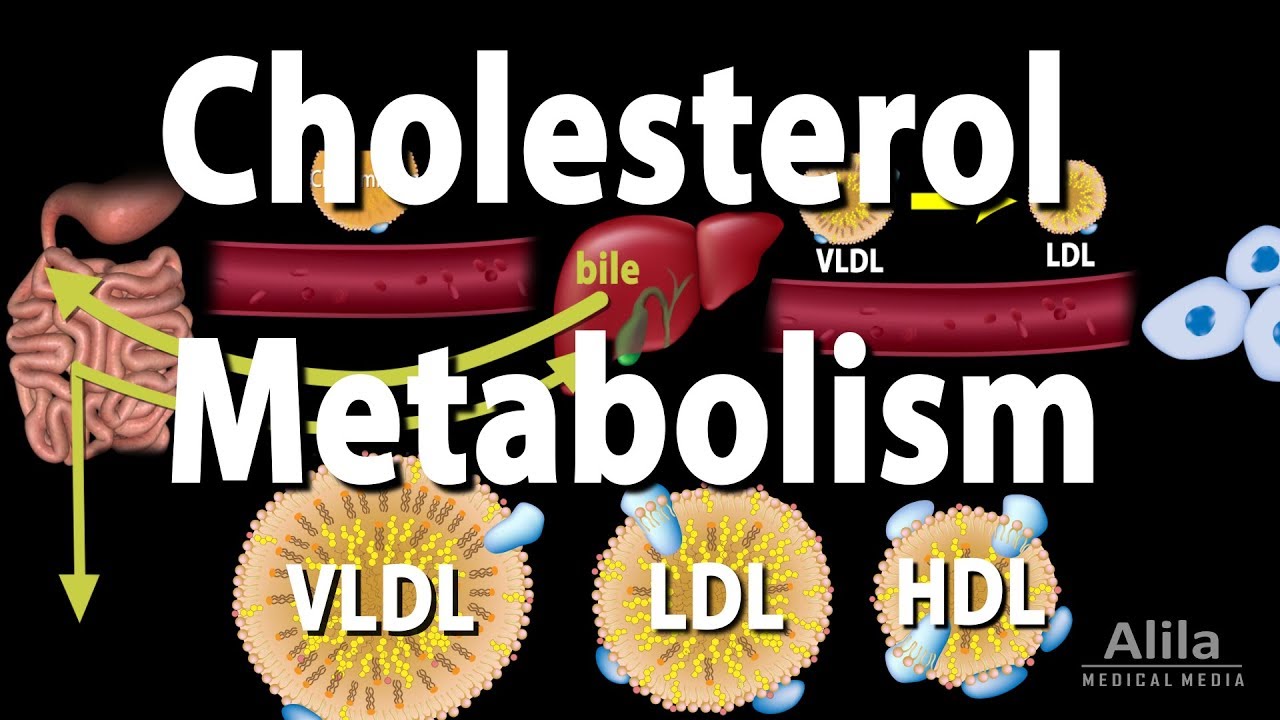
Cholesterol Metabolism, LDL, HDL and other Lipoproteins, Animation
- Post author:admin
- Post published:October 7, 2021
- Post category:Uncategorized
- Post comments:0 Comments
You Might Also Like
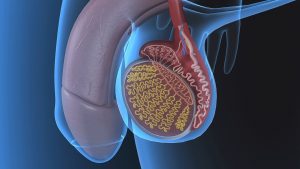
Human Physiology – Functional Anatomy of the Male Reproductive System
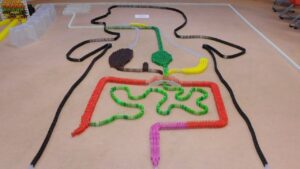
BioDomino: The human digestive system in 6,300 dominoes
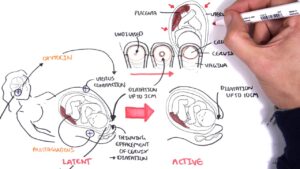
Obstetrics Video – 1
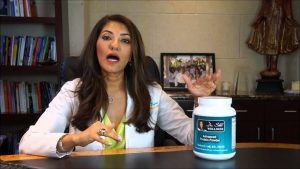
Protein Powder | Dr. Shel Wellness & Aesthetic Center
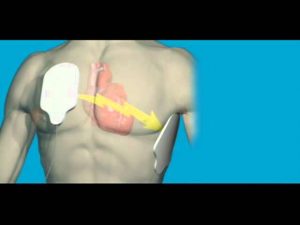
What is Cardiac Arrest
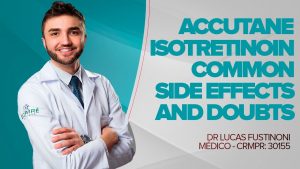
Accutane Isotretinoin Common Side Effects and Doubts Dr Lucas Brazil
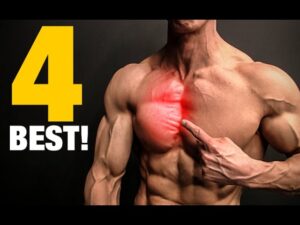
Home “Inner” Pec Exercises (4 BEST!)

PROTEIN IN CHEAP PRICE | BEST PLACE TO BUY 100% GENUINE BODYBUILDING SUPPLEMENTS IN DELHI INDIA

Muscular Strength Asanas Video – 5

Dip Tutorial – Chest or Tricep
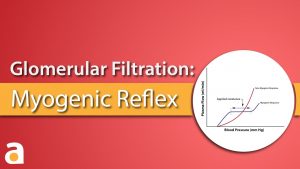
Glomerular Filtration: Myogenic Reflex (Autoregulation)

Muscle Building Workout & Squats Video – 32

Squats and wild Clarence0
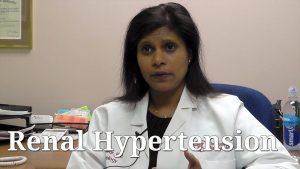
What is renal hypertension? – Ask ADC video
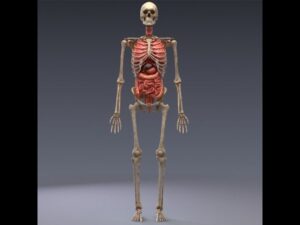
3D Model Human anatomy Animated skeleton internal organs at 3DExport.com

Muscular Strength Asanas Video – 1
![Read more about the article SUPPLEMENTS YOU NEED// MUSCLE BUILDING// BCAA// CREATINE [HINDI]](https://videos.drmaheshkumar.com/wp-content/uploads/2021/05/SUPPLEMENTS-YOU-NEED-MUSCLE-BUILDING-BCAA-CREATINE-HINDI-300x169.jpg)
SUPPLEMENTS YOU NEED// MUSCLE BUILDING// BCAA// CREATINE [HINDI]
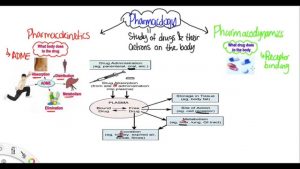
Basics of Pharmacology

Leg Press-3
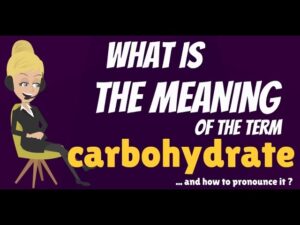
What are CARBOHYDRATES? CARBOHYDRATES meaning & definition – How to pronounce CARBOHYDRATES?
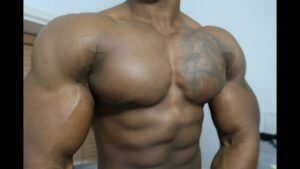
Incline Bench Press-5
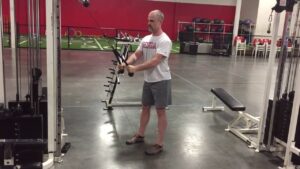
Pre-Exhaustion Protocol: Straight Arm Pulldown to Chin-Up Superset

Emergency Medicine Video – 2
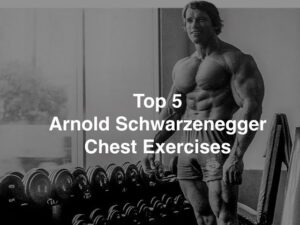
Top 5 Arnold Schwarzenegger Chest Exercises
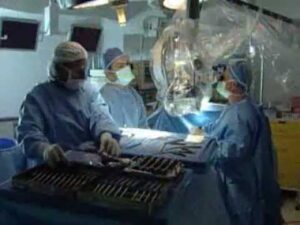
Orthopedic Surgery Video – 5

Pilates Video – 4
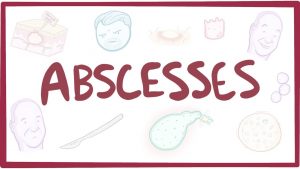
Abscesses – causes, symptoms, diagnosis, treatment, pathology

Hammer Curls : The Best Bicep Exercises

BMR to CMOP
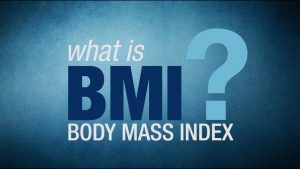
What is BMI?
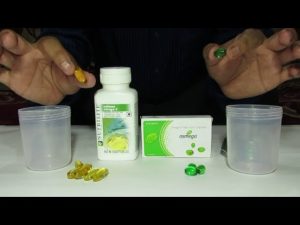
Nutrilite Selmon Omega-3 demo | demonstration
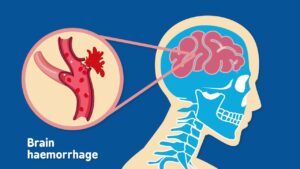
What is a head injury?

Bowen Therapy Video – 1
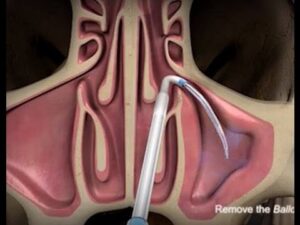
ENT Surgery Video – 1
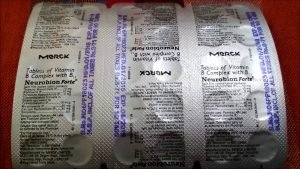
Neurobion fort Tablet of Vitamin B Complex with B12
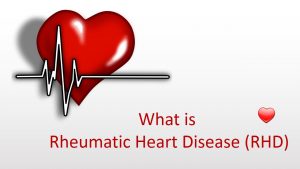
What is Rheumatic Heart Disease (RHD)
Hair Loss

Difference Between Cardio Endurance & Muscular Endurance : Around the Gym
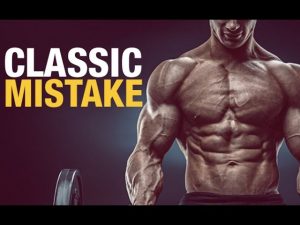
Best Workout Rep Range (CLASSIC MISTAKE!)

Sports Medicine Video – 4
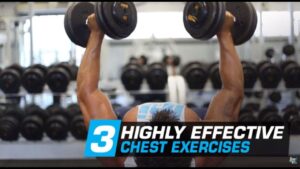
3 Mass Building Chest Exercises with Tyrone Bell – Best Training Tips – BPI Sports

